Home>Gardening & Outdoor>Landscaping Ideas>How Short To Cut Grass
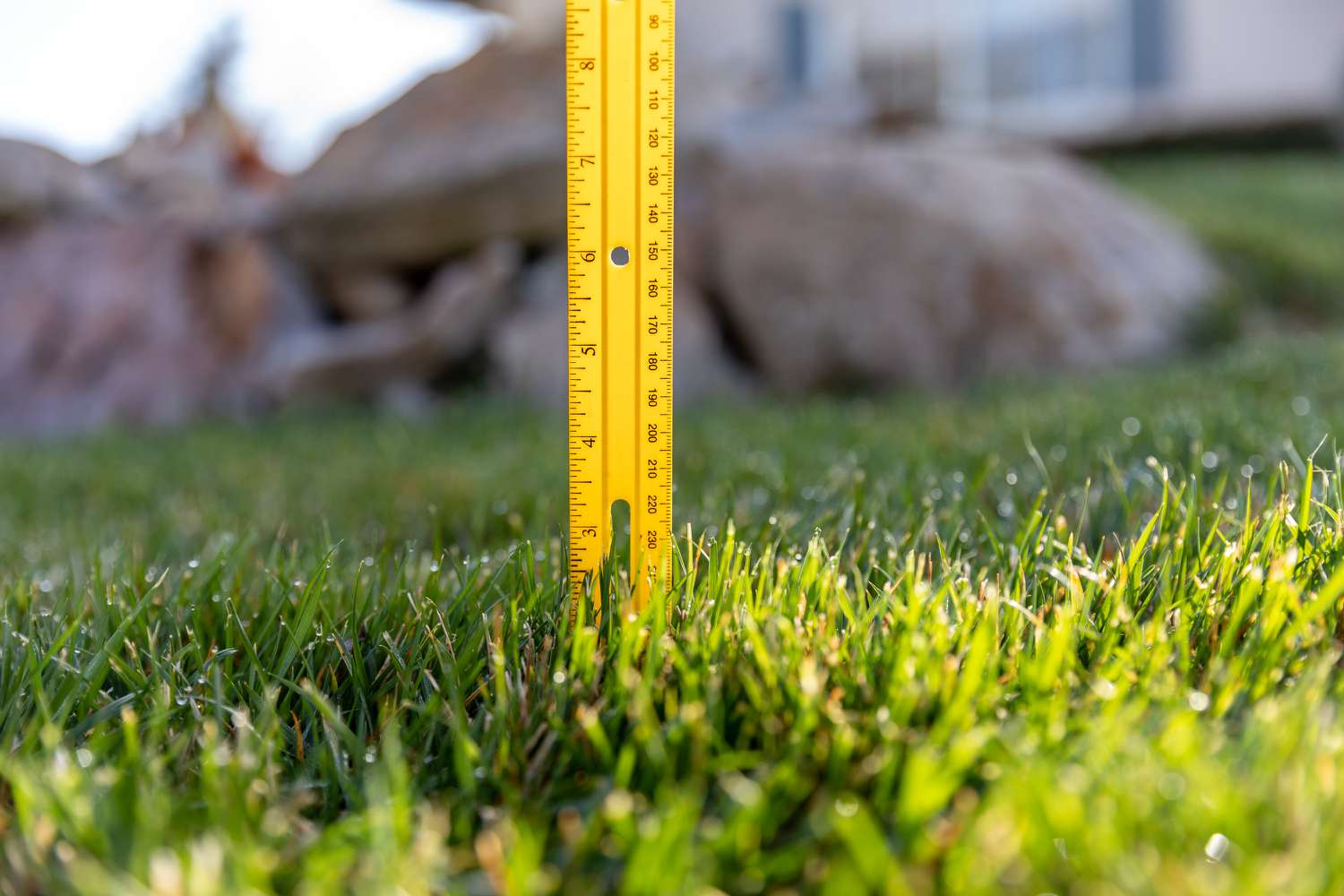

Landscaping Ideas
How Short To Cut Grass
Modified: February 25, 2024
Learn the best landscaping ideas for cutting grass to achieve the perfect length. Discover expert tips and techniques for maintaining a well-kept lawn.
(Many of the links in this article redirect to a specific reviewed product. Your purchase of these products through affiliate links helps to generate commission for Storables.com, at no extra cost. Learn more)
Introduction
Welcome to the world of landscaping, where the length of your grass can make a significant impact on the overall aesthetics and health of your lawn. The question of how short to cut your grass is a common dilemma for many homeowners and garden enthusiasts. While it may seem like a simple decision, several factors come into play when determining the ideal grass length for your specific lawn. In this article, we will delve into the various considerations, recommended grass lengths, essential tools, and valuable tips for achieving a well-manicured lawn.
Understanding the nuances of grass cutting is essential for maintaining a lush and vibrant lawn that enhances the beauty of your outdoor space. By exploring the intricacies of grass length and the best practices for mowing, you can elevate the visual appeal of your lawn while promoting its overall health and resilience.
Key Takeaways:
- Grass length impacts lawn health and appearance. Consider factors like grass type, climate, and season to determine the ideal length for a vibrant and resilient lawn.
- Use the right tools and mowing tips to achieve a well-manicured lawn. Adjust mower height, leave clippings, and maintain equipment for a lush and visually appealing outdoor space.
Read more: How Short To Cut Grass In The Fall
Factors to Consider
When determining the appropriate grass length for your lawn, several key factors should be taken into account to ensure optimal results. These factors include the type of grass, local climate, season, and the intended use of the lawn.
- Type of Grass: Different grass species have varying ideal cutting heights. For example, cool-season grasses such as Kentucky bluegrass and fescue thrive when kept relatively tall, while warm-season grasses like Bermuda and Zoysia prefer shorter cuts.
- Local Climate: The climate in your region plays a crucial role in determining the ideal grass length. In areas with hot and dry conditions, longer grass provides shade for the soil, helping to retain moisture and protect the roots. Conversely, in cooler climates, shorter grass can aid in quicker drying and prevent disease.
- Season: Grass length preferences may change with the seasons. During the growing season, allowing the grass to grow slightly taller can promote deeper root growth and improve drought resistance. In contrast, cutting the grass shorter before winter sets in can help prevent matting and disease.
- Intended Use of the Lawn: Consider how the lawn will be used. For high-traffic areas or sports fields, maintaining a slightly taller grass height can provide cushioning and support durability. In contrast, ornamental lawns may benefit from a shorter, more manicured appearance.
By carefully considering these factors, you can make informed decisions regarding the most suitable grass length for your specific lawn, ensuring that it remains healthy, visually appealing, and well-suited to its intended purpose.
Recommended Grass Lengths
The ideal grass length for your lawn can vary depending on the specific grass species and environmental factors. However, there are general guidelines that can help you determine the recommended grass lengths for different types of grass and seasonal conditions.
For cool-season grasses such as Kentucky bluegrass, fine fescue, and perennial ryegrass, maintaining a cutting height of 2.5 to 3.5 inches is typically recommended. This taller length provides several benefits, including better drought tolerance, improved weed suppression, and enhanced photosynthesis for healthier grass.
Warm-season grasses like Bermuda grass, Zoysia grass, and St. Augustine grass thrive at shorter cutting heights, typically ranging from 1 to 2.5 inches. Shorter grass promotes better sunlight penetration, encourages lateral growth, and helps prevent thatch buildup, contributing to a dense and visually appealing lawn.
During the peak growing season, allowing the grass to grow slightly taller can be advantageous, as it promotes deeper root development and provides a natural defense against weeds. As the growing season transitions to cooler weather, gradually reducing the grass height can help prevent matting and disease while preparing the lawn for the winter months.
It’s important to note that adhering to the recommended grass lengths for your specific grass type and seasonal conditions can significantly contribute to the overall health, appearance, and resilience of your lawn.
For most grass types, it’s best to mow at a height of 2-3 inches. Taller grass shades the soil, retains moisture, and helps prevent weeds.
Tools for Cutting Grass
Ensuring a well-maintained lawn involves using the right tools for cutting grass effectively. Whether you have a small yard or a sprawling landscape, having the appropriate equipment can make the mowing process more efficient and help achieve professional-looking results.
Lawn Mower: A reliable lawn mower is the cornerstone of grass cutting equipment. Selecting a mower that suits the size and terrain of your lawn is crucial. For smaller yards, a push mower may suffice, while larger areas may require a self-propelled or riding mower for enhanced convenience and productivity.
Edger: An edger is essential for creating crisp, clean lines along sidewalks, driveways, and flower beds. It provides a polished look to the lawn and helps prevent grass from encroaching into these areas.
String Trimmer: Also known as a weed eater or weed whacker, a string trimmer is invaluable for reaching areas that a lawn mower cannot access, such as around trees, fences, and landscaping features. It helps maintain a uniform grass length throughout the lawn.
Grass Catcher: If you prefer a tidy appearance and want to collect grass clippings as you mow, a grass catcher attachment for your mower can be beneficial. It prevents clippings from scattering across the lawn and can be useful for mulching or composting.
Blade Sharpener: Keeping the mower blade sharp is essential for a clean and precise cut. Dull blades can tear the grass, leading to a ragged appearance and potentially causing stress to the lawn. Regularly sharpening the blade ensures a healthier and more attractive lawn.
Investing in quality tools and maintaining them properly can streamline the grass cutting process and contribute to the overall health and visual appeal of your lawn. By using the right equipment, you can achieve a well-groomed and vibrant lawn that enhances your outdoor space.
Tips for Cutting Grass
While cutting grass may seem straightforward, incorporating certain tips and best practices can elevate the quality of your lawn and contribute to its overall health and vitality. By implementing the following guidelines, you can achieve a well-manicured and resilient lawn that enhances the beauty of your outdoor environment.
- Mow When the Grass is Dry: It’s best to mow the lawn when the grass is dry to ensure a more even cut and prevent clumping of the clippings. Wet grass can lead to an uneven appearance and may clog the mower.
- Alternate Mowing Patterns: Varying the direction in which you mow the lawn can prevent soil compaction and promote upright grass growth. Consider mowing horizontally one week and vertically the next to achieve a more uniform and attractive appearance.
- Adhere to the “One-Third” Rule: Avoid cutting more than one-third of the grass blade’s length in a single mowing session. This practice helps maintain the health of the grass and prevents stress on the lawn.
- Regular Maintenance: Keep your lawn mower and other cutting tools well-maintained. This includes sharpening the mower blade, checking the oil and fuel levels, and cleaning the equipment after each use to ensure optimal performance.
- Adjust Mower Height: Adjust the cutting height of your mower based on the season and grass type. During peak growth periods, raise the cutting height to promote stronger root development, and gradually lower it as the season transitions to maintain an ideal grass length.
- Leave Clippings on the Lawn: Consider leaving grass clippings on the lawn as they can provide valuable nutrients to the soil. This practice, known as grasscycling, can reduce the need for fertilizers and contribute to a healthier lawn.
- Trim the Edges: After mowing, trim the edges of the lawn with an edger or string trimmer to create a neat and polished look. This step adds the finishing touch to your lawn care routine.
By incorporating these tips into your grass cutting routine, you can achieve a well-groomed and resilient lawn that enhances the visual appeal of your outdoor space while promoting the overall health of the grass.
Read more: How Short To Cut Grass Before Winter
Conclusion
As you navigate the world of grass cutting and lawn maintenance, it becomes evident that the length of your grass plays a crucial role in the overall health and visual appeal of your lawn. By considering factors such as grass type, local climate, season, and intended use, you can determine the most suitable grass length for your specific lawn, ensuring that it remains vibrant and resilient throughout the year.
Adhering to the recommended grass lengths for different grass species and seasonal conditions, using the right tools, and implementing best practices for grass cutting can significantly impact the quality of your lawn. From selecting the appropriate lawn mower to maintaining a consistent mowing schedule, each step contributes to the overall health and appearance of your grass.
By mowing the grass when it’s dry, alternating mowing patterns, adhering to the “One-Third” rule, and leaving clippings on the lawn, you can achieve a well-manicured and thriving lawn that enhances the beauty of your outdoor environment. Regular maintenance of your cutting tools and adjusting the mower height based on the season and grass type further contribute to the long-term vitality of the lawn.
Ultimately, by incorporating these practices and being mindful of the factors that influence grass length, you can create a visually stunning and resilient lawn that serves as a welcoming and enjoyable outdoor space for you and your family. With the right approach to grass cutting and maintenance, you can transform your lawn into a lush and vibrant landscape that enhances the overall appeal of your property.
Embracing the art of grass cutting and understanding the impact of grass length on the health and beauty of your lawn empowers you to create a captivating outdoor environment that you can take pride in and enjoy for years to come.
Frequently Asked Questions about How Short To Cut Grass
Was this page helpful?
At Storables.com, we guarantee accurate and reliable information. Our content, validated by Expert Board Contributors, is crafted following stringent Editorial Policies. We're committed to providing you with well-researched, expert-backed insights for all your informational needs.
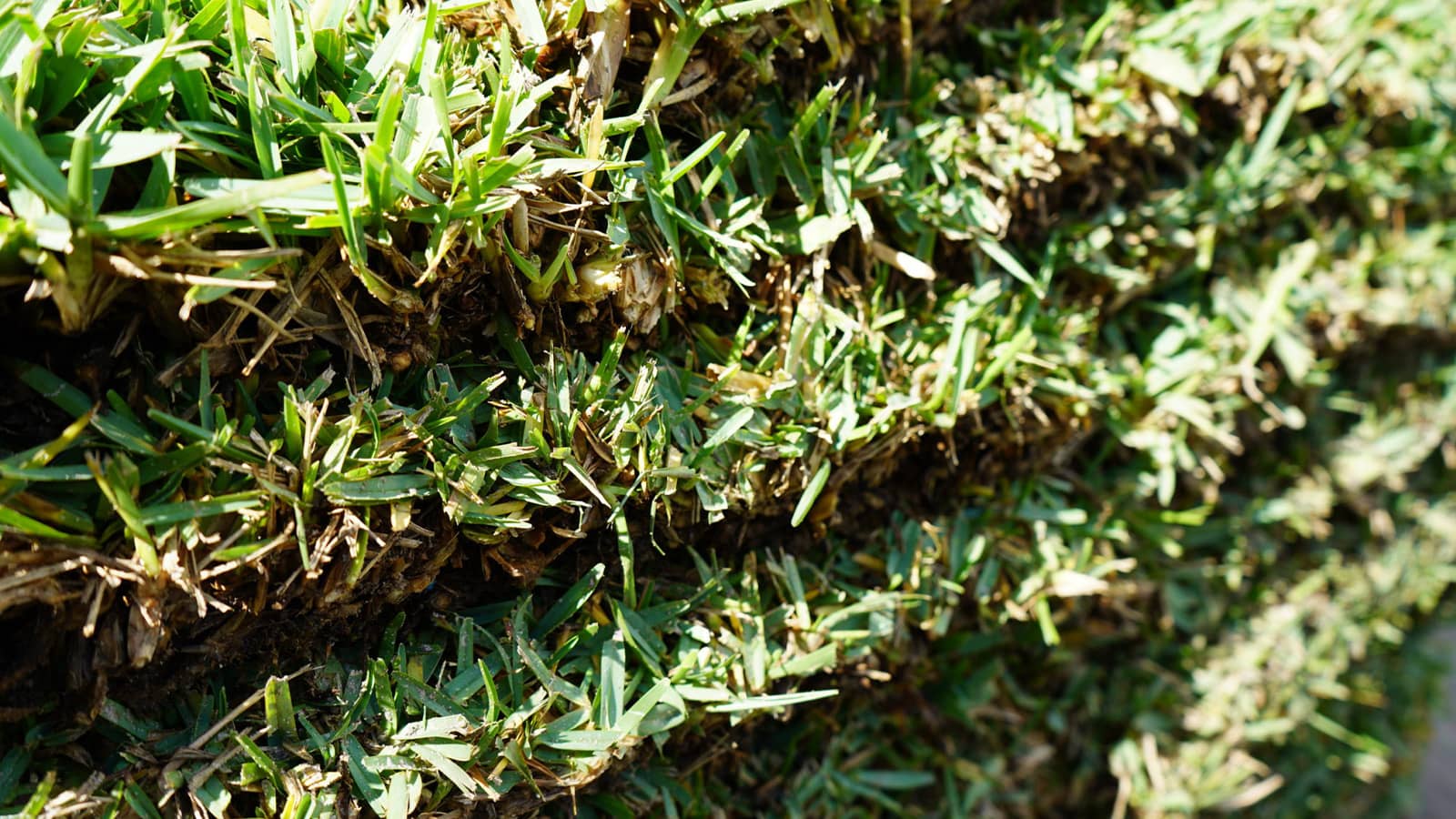
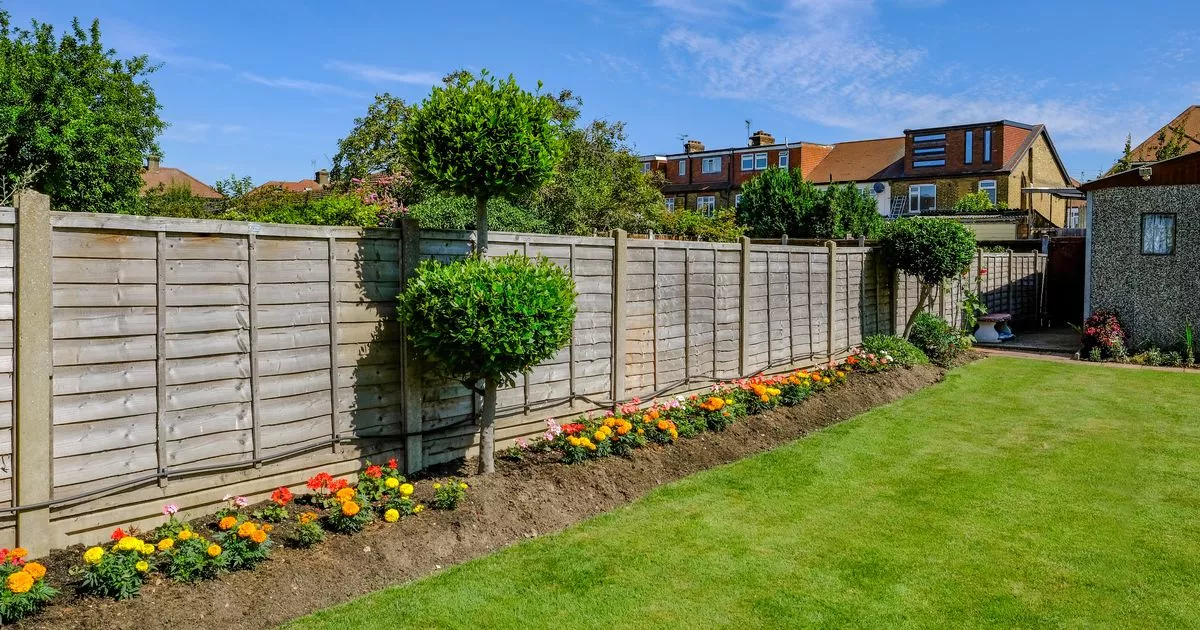
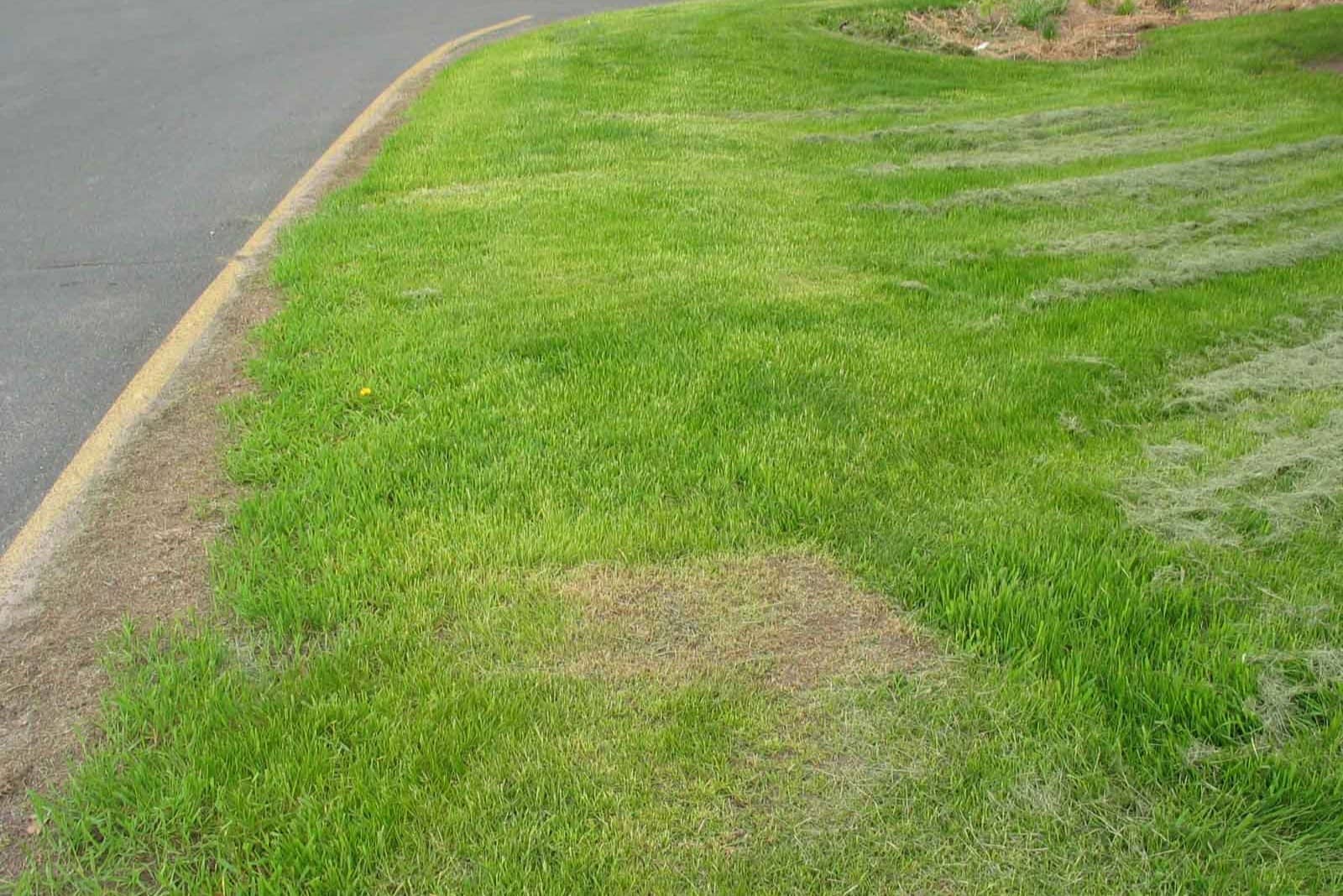

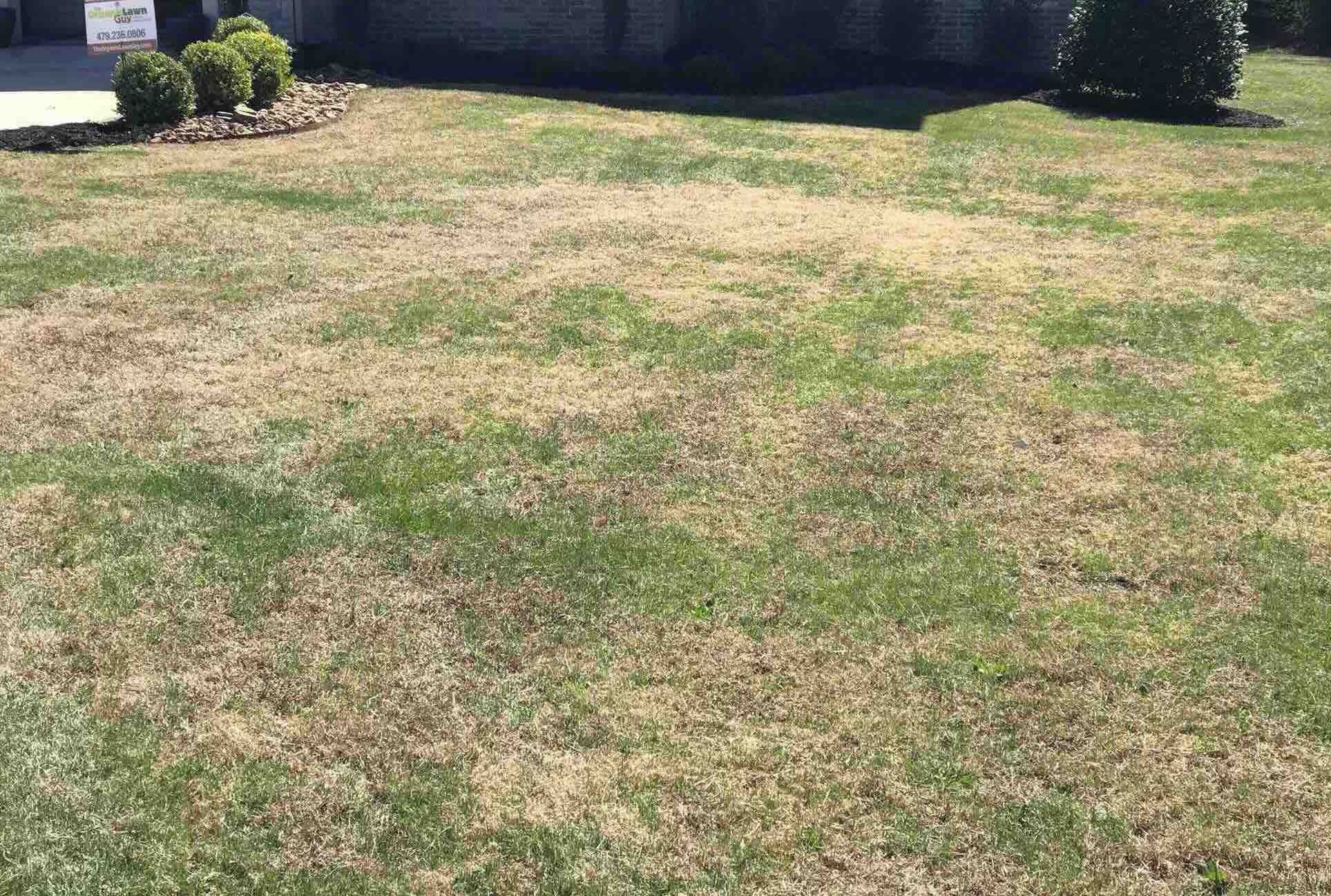
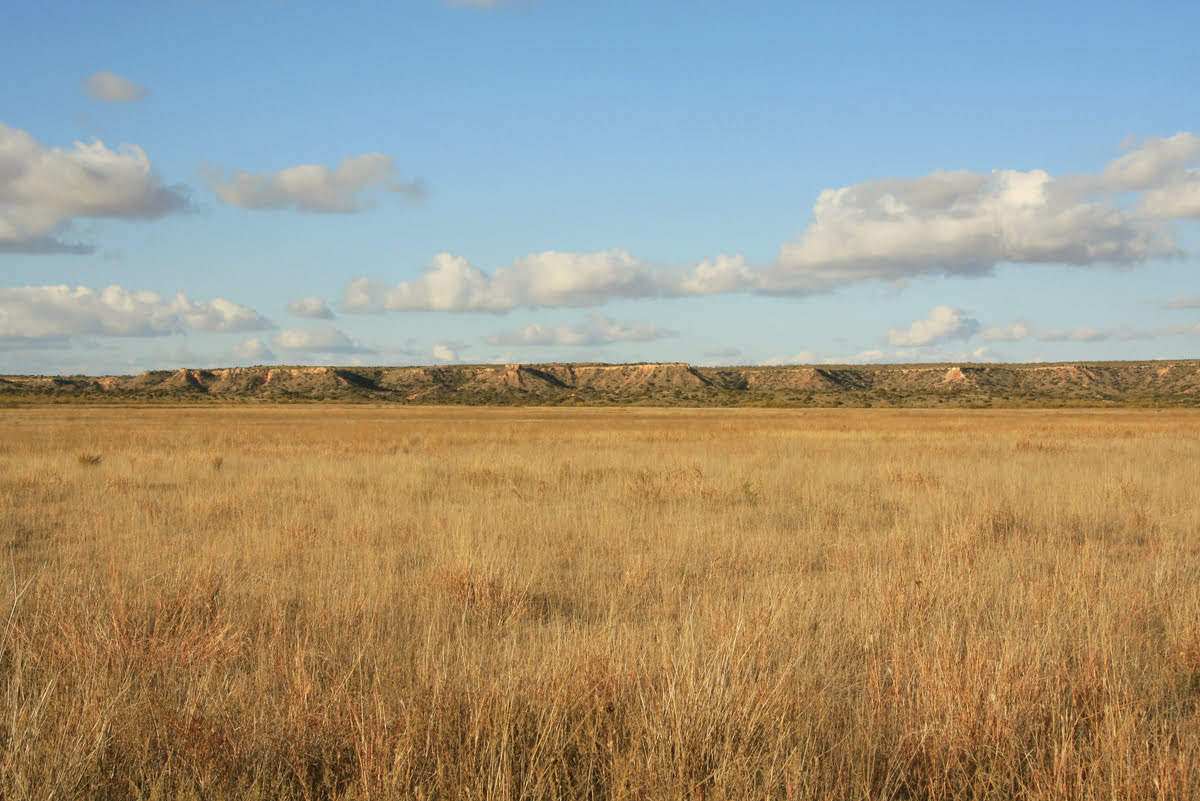

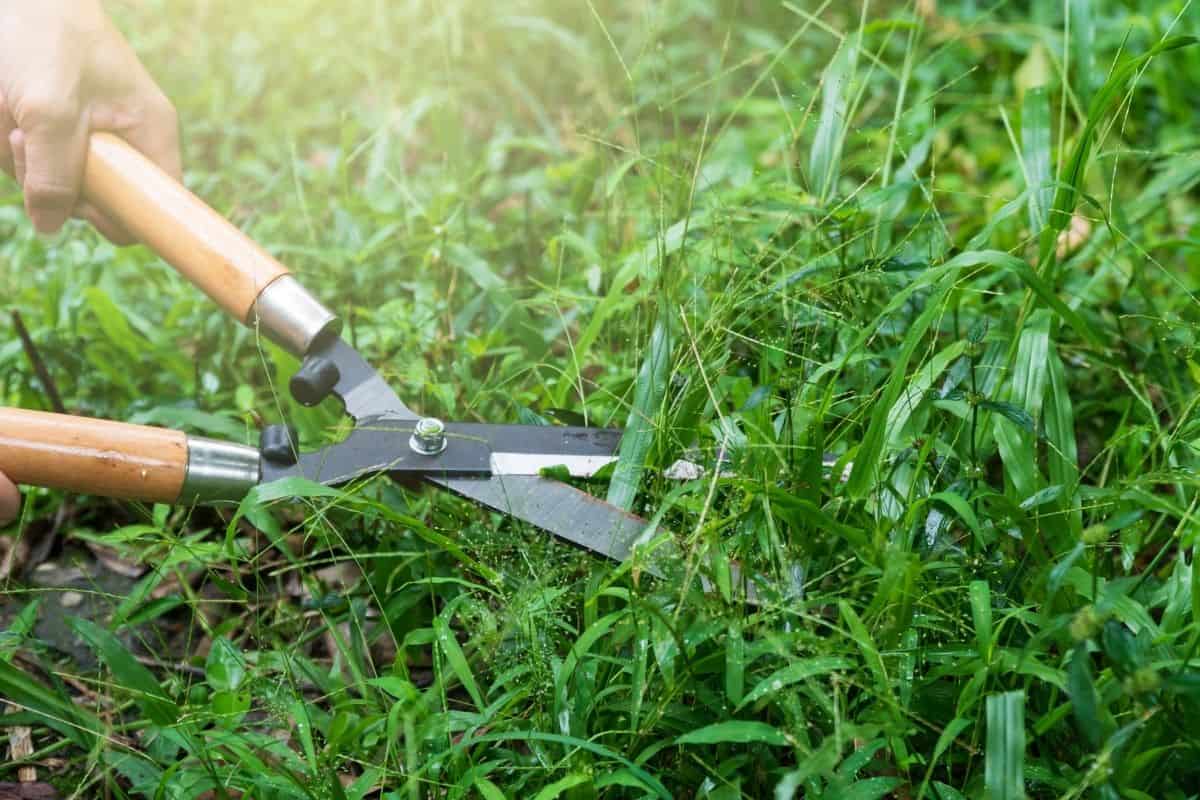

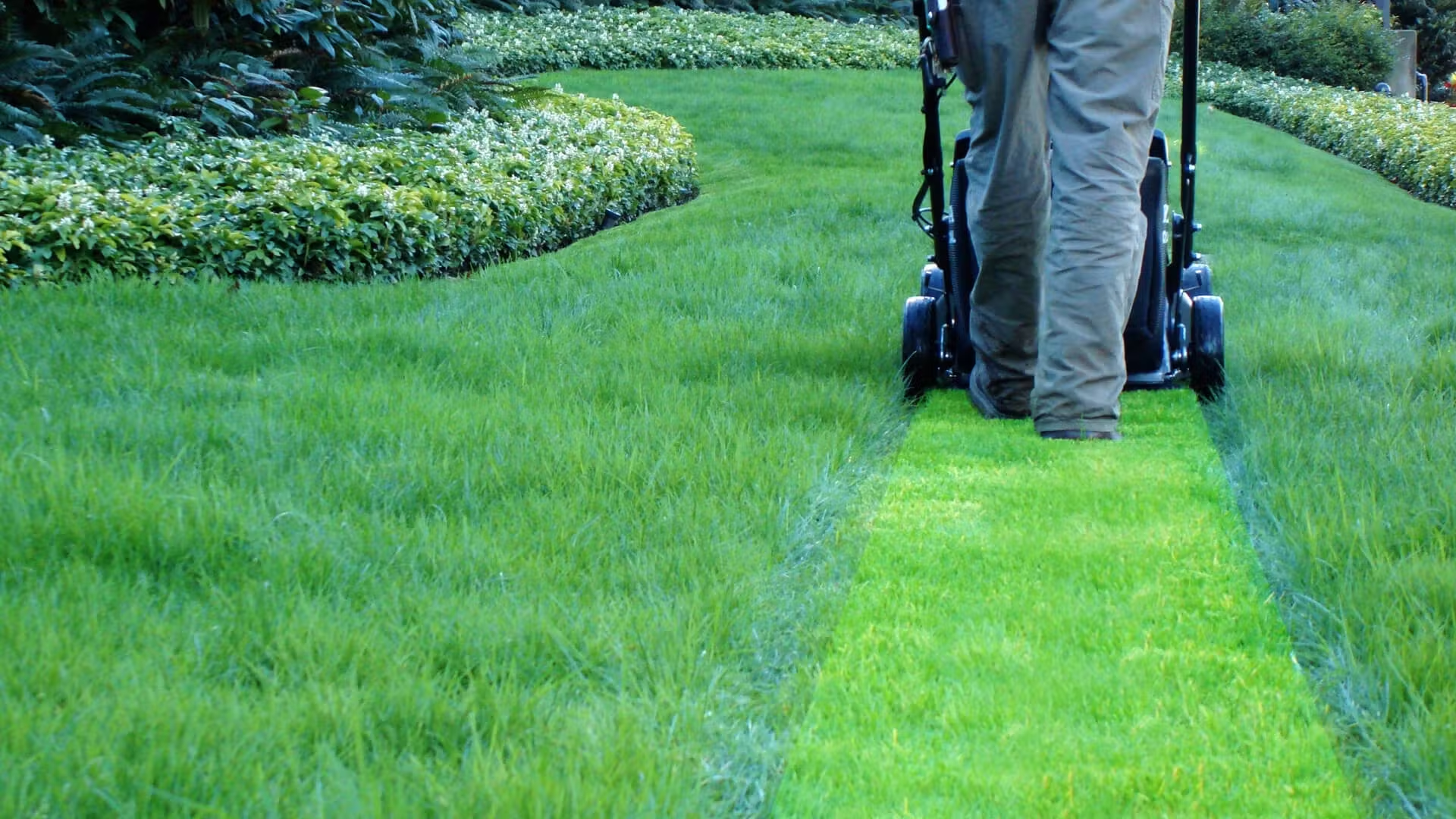
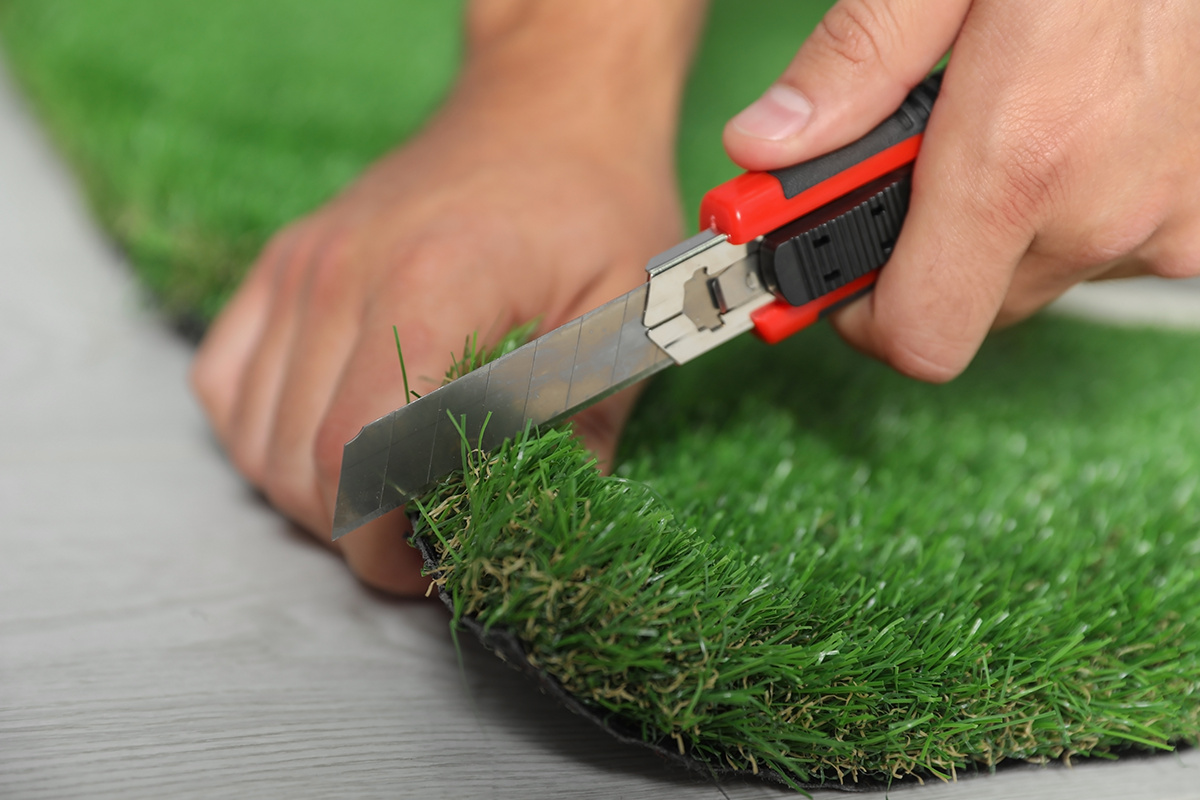
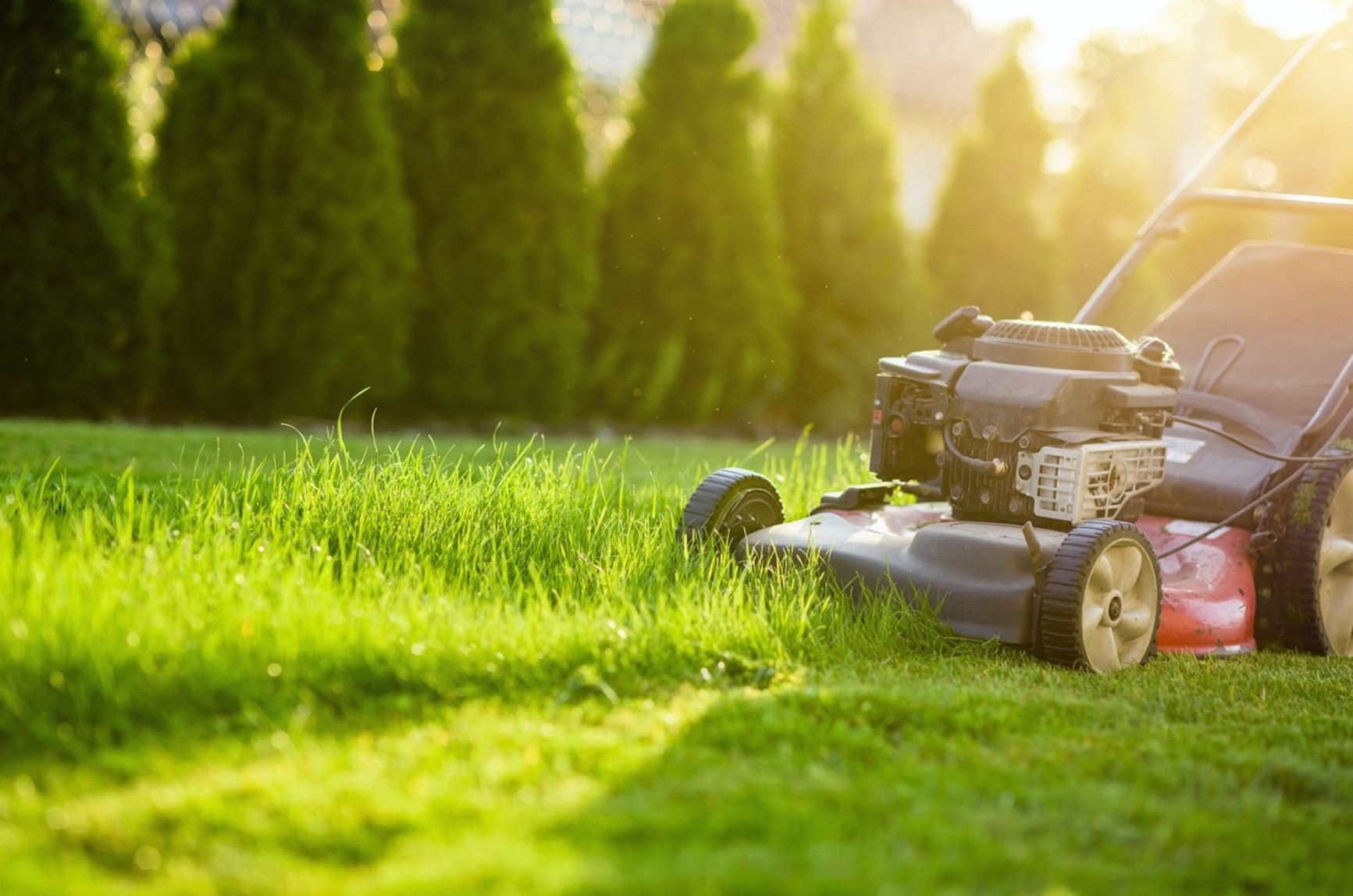
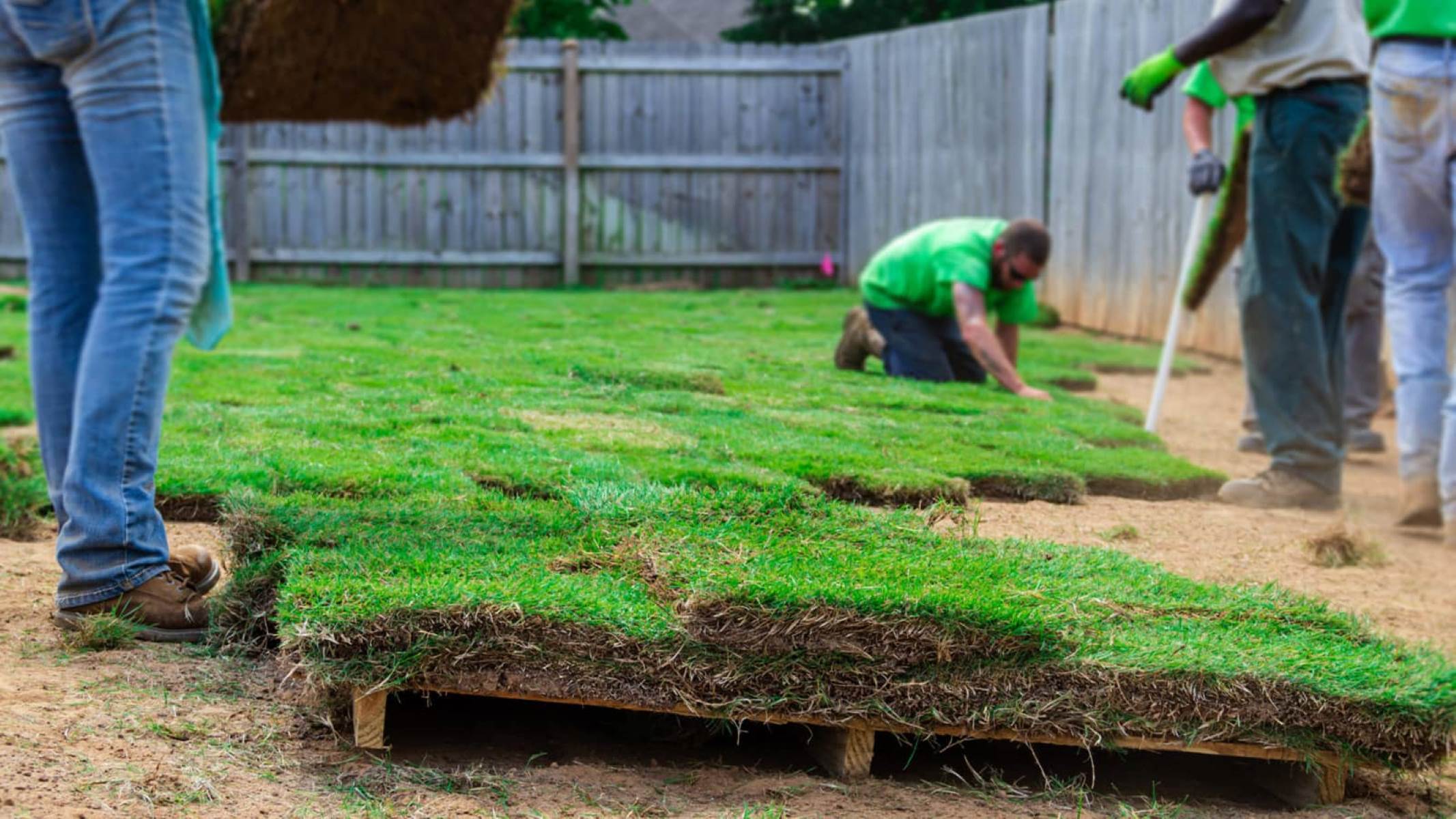
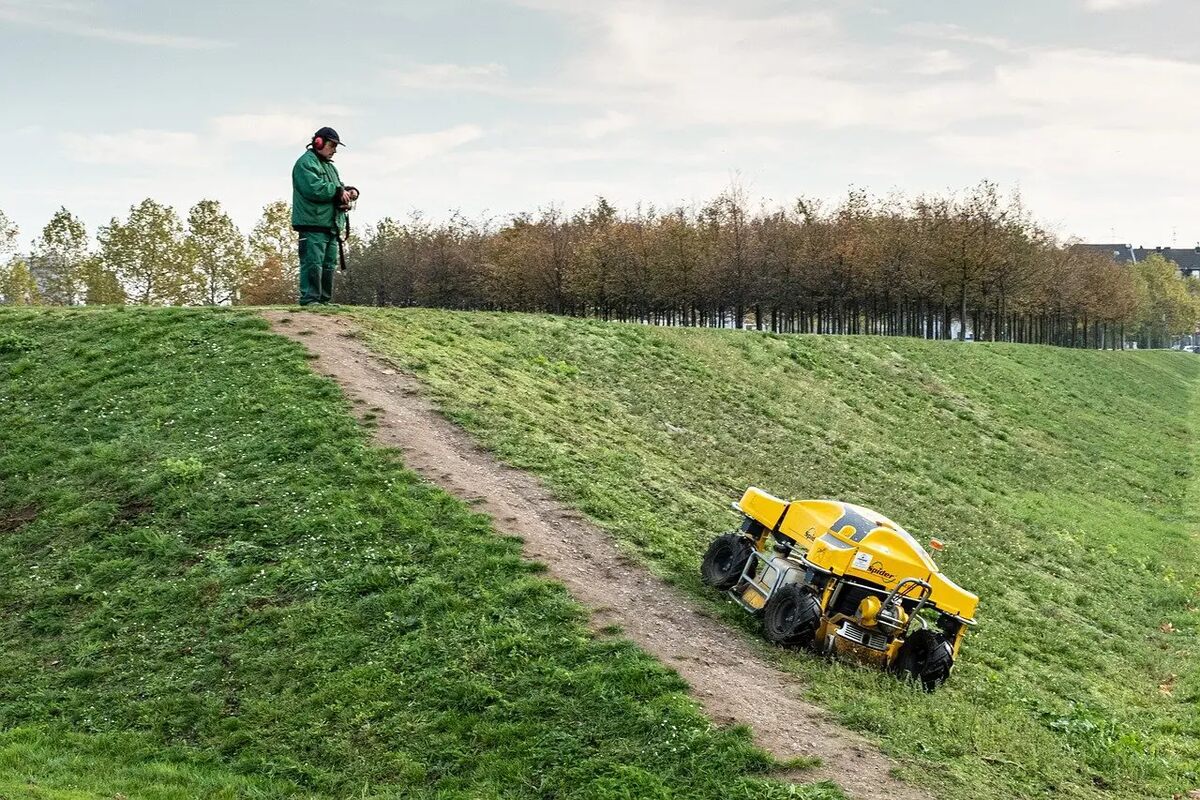

0 thoughts on “How Short To Cut Grass”